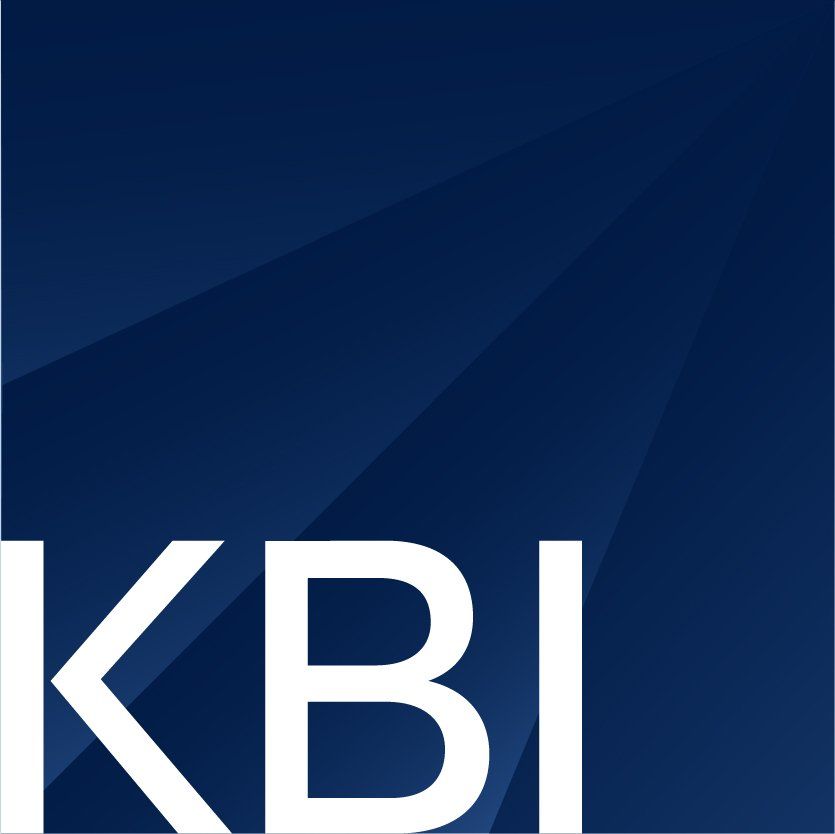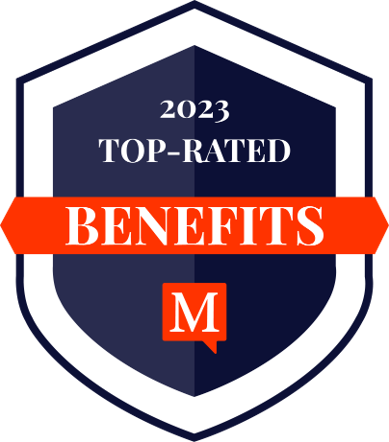
Your HR Compliance Checklist: 8 Essential Steps
20 June 2025
Your HR Compliance Checklist: 8 Essential Steps
HR compliance isn’t just about rules—it’s about protecting your business, your people, and your future. As regulations evolve and employee expectations rise, businesses of all sizes are realizing that compliance is not a once-a-year task—it’s an ongoing commitment.
The stakes aren’t small. According to a 2025 report by OEM America, small businesses lose an average of $10,000 per year due to HR non‑compliance—and penalties for more serious violations can reach into the millions
At KBI Benefits, we help employers take a smarter, more proactive approach to compliance. With better planning, the right tools, and access to certified HR professionals, businesses can avoid mistakes—and build a workplace that works better for everyone.
Here are eight things every business should include on its HR compliance checklist.
1. A Current and Customized Employee Handbook
Your employee handbook is one of the most important documents in your organization. It outlines policies, sets expectations, and helps protect your business legally. But it must be more than a static PDF saved somewhere in a shared drive.
To stay compliant, your handbook should be reviewed at least once a year and updated whenever workplace laws change or internal policies shift. It should clearly explain things like time-off rules, workplace conduct, safety procedures, anti-discrimination policies, and remote work guidelines. At KBI, we help employers build and maintain custom handbooks that reflect both state and federal law—without unnecessary delays or legal confusion.
2. Policy Acknowledgements and Signed Documentation
Having the right policies is only half the equation. The other half is proving that employees received and understood them. Every important policy—from harassment prevention to paid leave—should include a signed acknowledgment form.
These acknowledgments create a layer of protection if a compliance issue arises. Whether you’re responding to a complaint, audit, or legal claim, being able to show that an employee agreed to the policies in question can make all the difference. These documents should be securely stored in an HR platform and easily accessible when needed.
3. Federal and State Labor Law Postings
Labor law posters are a legal requirement—and an often overlooked one. Employers must post current federal and state labor laws in a visible location, covering topics like minimum wage, employee rights, safety standards, and paid family leave.
Failing to update these postings can result in fines. Because these laws frequently change at the state level, it’s important to review your postings quarterly and work with a partner who can help monitor legal updates in your jurisdiction.
4. Proper Onboarding and Offboarding Procedures
Employee transitions are compliance hot spots. During onboarding, your team must collect the right documentation (like I-9s), distribute legally required notices, and make sure benefit enrollment is completed on time. Missing just one step can open your company to risk.
Offboarding requires just as much attention. You’ll need to process final pay in accordance with state law, provide COBRA notices, remove access to internal systems, and document the reason for separation. These aren’t just HR best practices—they’re critical compliance steps that protect your business and ensure former employees are treated fairly.
5. Workplace Training Requirements
Many states require harassment prevention training—and even when it’s not mandated, regular training is still a smart investment. Training helps reinforce your policies, builds a more respectful workplace culture, and demonstrates that your business takes compliance seriously.
At a minimum, your company should provide annual training on sexual harassment, workplace conduct, and basic employment rights. All training should be documented, with attendance records saved in your HR system.
- New hires should complete training within their first 30 days.
- Supervisors may be required to complete additional or specialized training.
- Training materials should be reviewed annually to reflect current laws and company policy updates.
6. Consistent Documentation and Recordkeeping
When compliance issues arise, your documentation is often your first and best defense. Every employee file should include job descriptions, performance reviews, policy acknowledgements, corrective action records, and any notes related to complaints, accommodations, or investigations.
Documentation should be consistent, objective, and timely. If your records are incomplete—or worse, missing—your ability to respond to complaints or audits is weakened. At KBI, we recommend using a secure, cloud-based HR platform to ensure your documentation is organized, protected, and audit-ready.
7. Accurate Job Classifications and Pay Practices
Misclassifying employees is one of the most common—and costly—compliance mistakes businesses make. Whether it’s labeling a worker as an independent contractor or misidentifying an employee as exempt from overtime, classification errors can lead to back pay, penalties, and legal action.
To stay compliant, review all job roles for proper classification, ensure wage practices align with state and federal law, and maintain accurate records of hours worked, breaks taken, and PTO balances. Conducting periodic compensation and classification audits can help you catch mistakes early and avoid potential liabilities.
8. Annual HR Compliance Reviews
Compliance isn’t a one-time task. It requires regular attention. That’s why every organization should build annual HR compliance reviews into their business calendar.
These reviews should include updates to your employee handbook, labor law postings, training logs, benefits policies, and internal HR processes. They’re also a chance to evaluate your current HR technology and ensure your systems support long-term compliance, not just day-to-day operations.
Staying ahead of compliance risks gives your business a major advantage. It builds trust with employees, prevents disruptions, and allows leadership to focus on growth—not damage control.
Bonus tips:
- Assess recent legal changes and update all policies and documents accordingly.
- Audit your HR software to confirm it tracks training, benefits, and documentation properly.
- Identify and close any compliance gaps before they lead to penalties or employee issues.
It could be beneficial for your business to find a company that will uplift your HR by augmenting your workloads and keeping your business at the top of its game. Click here to find out what HR Consulting can do for your business.
A Smarter Way to Stay Compliant
At KBI, we make HR compliance simple, proactive, and effective. We help our clients create custom handbooks, train managers and employees, implement cloud-based HR platforms, and stay current with legal changes.
If you're not sure where your organization stands with compliance, we're here to help. Book a free consultant strategy call with our team. We’ll assess your current gaps, walk you through what to fix, and help you build a stronger foundation for your people and your business.
Because when it comes to compliance, waiting is costly—and proactivity always wins.






